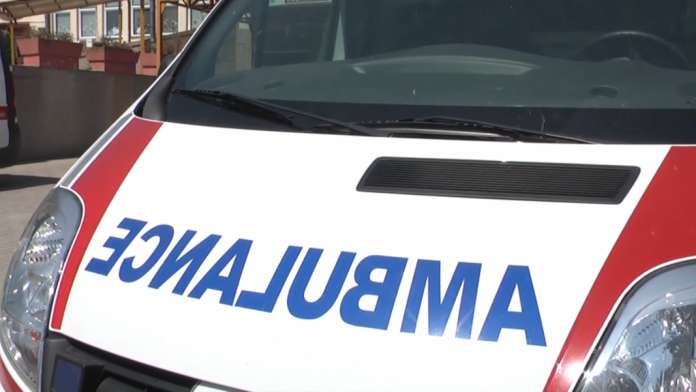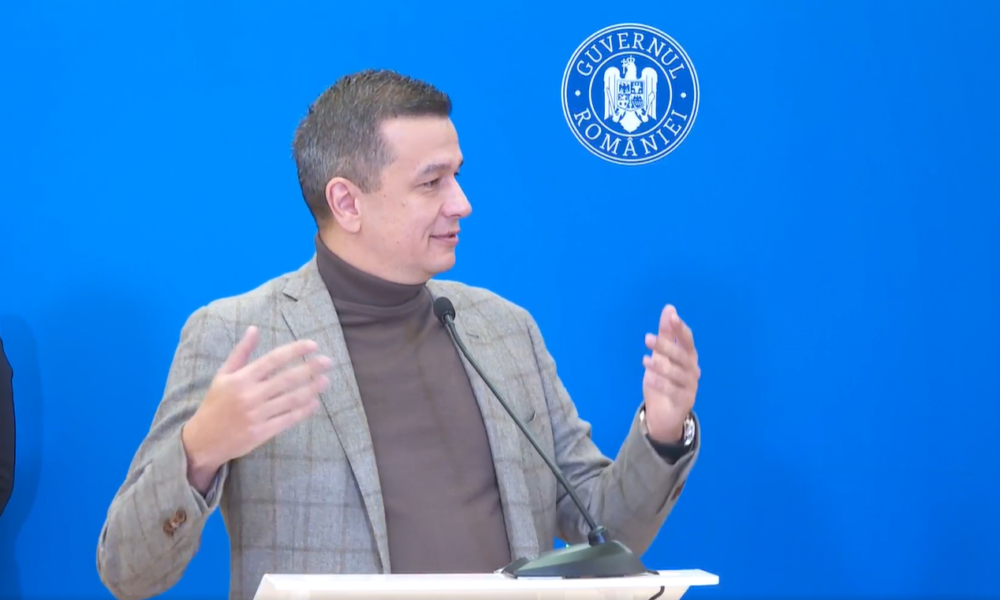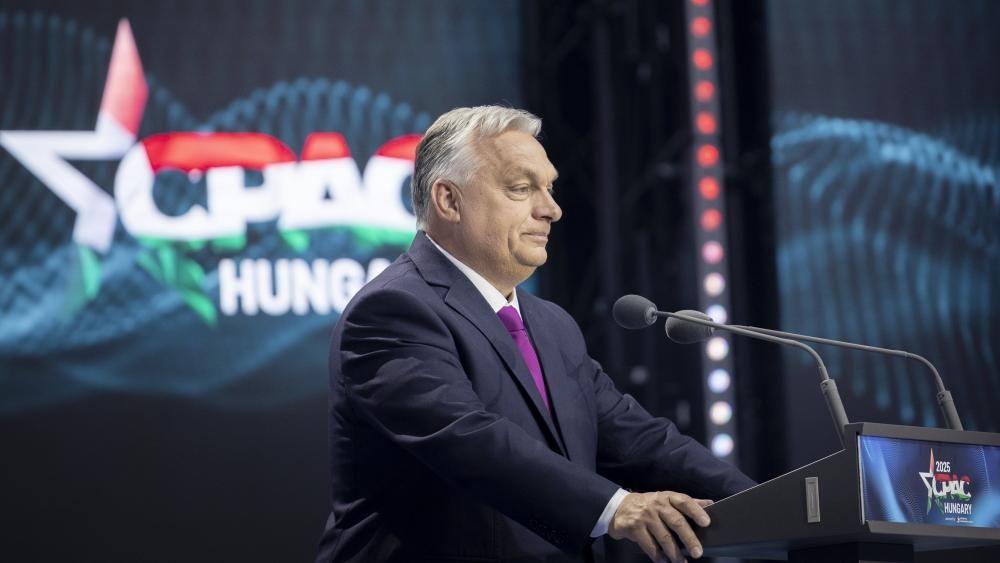Repetition mantra. Peter Sidar's exhibition's right place in the right place for review / day
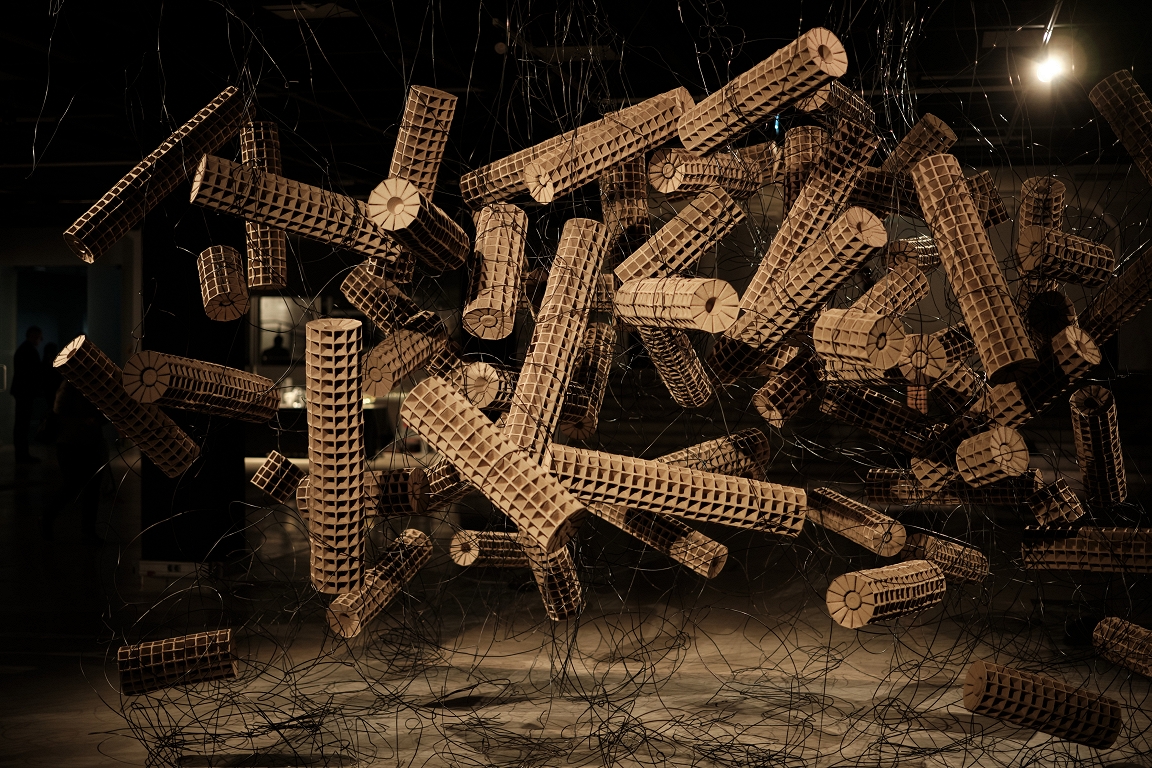
In the exhibition The right place in the right placewhich is to be seen Riga Contemporary Art SpacePeter Sidar (1948) continues for many years of artistic search for years. The exhibition description does not give any other information threads to the viewer – just that the artist devotes his inspiration and interest sources. Peter Sidar began working in Latvian art in the late 1970s and soon devoted to the expansion of textile art borders, which is still of interest to him. True, nowadays, « expanding borders » is a sign that expresses everything and nothing, as it has become the norm from an avant -garde position – to remain « inside the borders », to explore the traditional and act in accordance with the rules of the media. Contemporary art loves interdisciplinarity, paradoxes and divers, and the works of Peter Sidar have been in line with this flow since its inception in the late Soviet period.
The forerunner of ideas
Peter Sidar has brought unconventional and inexplicable materials into textile art, expanding both the physical definitions of the textile artwork and its imagination. Plastic, metal, glass, paper, organic fibers and similar substances, Peter Sidar, replace the textile fiber of traditional fabrics, but retains the essential principle of interference in the textile art and breaks the spatial volumes of the new relationship and industrially produced objects.
Occupational culture nowadays includes increasing ecological connotations, and mass production in art objects is difficult to look at without associations with the environmental disaster and climate change caused by the anthropocene. Historically, the use of various « waste » and used objects functioned rather than the breakdown of the internal hierarchy of art, which searched for a new poetic capabilities and thus demolished the distinction between art and not art, while in recent decades, bringing household items into the arts. Human, nature and environmental relationships are such a fundamentally important aspect of modern reality that they have become an automatic subtext for almost any work of art that uses everyday items. Peter Sidara also reminds the mountains of the disrepresented waste, overproduction and excessive consumption, although the author himself does not mention these problems anywhere.
Since the focus of Peter Sidar, his handwriting has changed little and, paradoxically, today it can even seem more important – the real time and the right places mean – than in the 80s and 90s, which could traditionally be considered the time of creative maturity of the artist. The topicality is also enhanced by international growing interest in craft and handmade aesthetics, such as the growing popularity of ceramic and textile art in the arsenal of contemporary art. It also allows the Soviet heritage to be updated as a predecessor to many current ideas, visual discourse and fashion trends, not just about applied art. For example, the Lithuanian Pavilion in the Venice Biennale of 2024 formed a dialogue between the most internationally renowned Baltic Contemporary Art Association Pakui Hardware and the second half of the 20th century, Mary Teresa Rozhanskaus, who focused on a peculiar « medical realism » in her work.
City fabric
It is a pity that in Latvia, at least for the time being, there is no such revision of the canons of history, demolishing the chronological boundaries and recording the cultural heritage in the present. Also Peter's Sidar Exhibition The right place in the right place It seems that the opportunity to look at the artist's work in the network of more connections, even as his own creative biography, is missed. Neither the new works themselves nor their unifying elements are interpreted, deciphered or explained by a laconic comment on the artist himself.
In the exposition Riga Contemporary Art Space The usual elements of Peter's Cidar artwork are visible. First of all, the daily materials assembled in different combinations and compositions. The central accent is the spatial installation and the large objects of the countless peat pots – the material used by the artist for 90 years. Secondly, the principle of fractalism is geometric shapes that repeat many parts of their shape. Peat pot in this exhibition is the most important micronutrient that varies and is propagated in objects and spatial structures, which in turn develops further into new visual forms and hybrid.
Alongside the spatial formations, paintings were also exhibited, and the motifs of bird feces, launched in the abstract expressionist manner several decades ago. Although both of the conditional series of work is not really accompanied by, they are united by interest in the everyday and random as an art form. The interplay between the scale, the small and the big, the micro and the macro, is also important in the works of Peter Sidar, because the artist of this everyday accident is expanding to the scenic size. Although Peter Sidar is playing with a bit of old -fashioned anti -artism and hooligan jokes, something of the Eastern spiritual practices, which the artist himself refers to the works. It is a focus on fragments and tiny details as a more relevant reflection and reminds us that every thing and the phenomenon include something outside of themselves.
Peter's cidar fractals are likely to be created as a much simpler game with unusual visual forms, but under the geopolitical conditions of the 21st century they have something meditative, they encourage sinking into all the existing, externally invisible but inevitably connected sum. It is inadvertently echoed with the painting of Mārīte Guščika, which is exhibited in the side of the side (exhibition The end of the hair was on display until March 2), which, through completely different techniques, devotes similar elements to the elements and acquires a visual generalization through the repetition of monochromes.
Name The right place in the right place Also acts as a repetition mantra, a formula in which one separate point is part of something larger without losing your individual existence. The forms created by Peter Sidar, compared to previous exhibitions, gain more certain volumes and resemble urbanistic visions in which small gardens alternate with skyscrapers, while geometrically rigid – with a casual color splashes. These « urban fabrics » should have been more careful about the useful layout of the room itself, which would help to better define the exhibit. It is nowhere to explain whether the author has planned a collection of works on the exhibition or a large fractalist organism that has taken over the exhibition space as a unified structure. It creates a sense of incompleteness, and the exhibition seems to end, it has not yet begun.
Peter Sidar
Exhibition The right place in the right place
Riga Contemporary Art Space up to 23.III

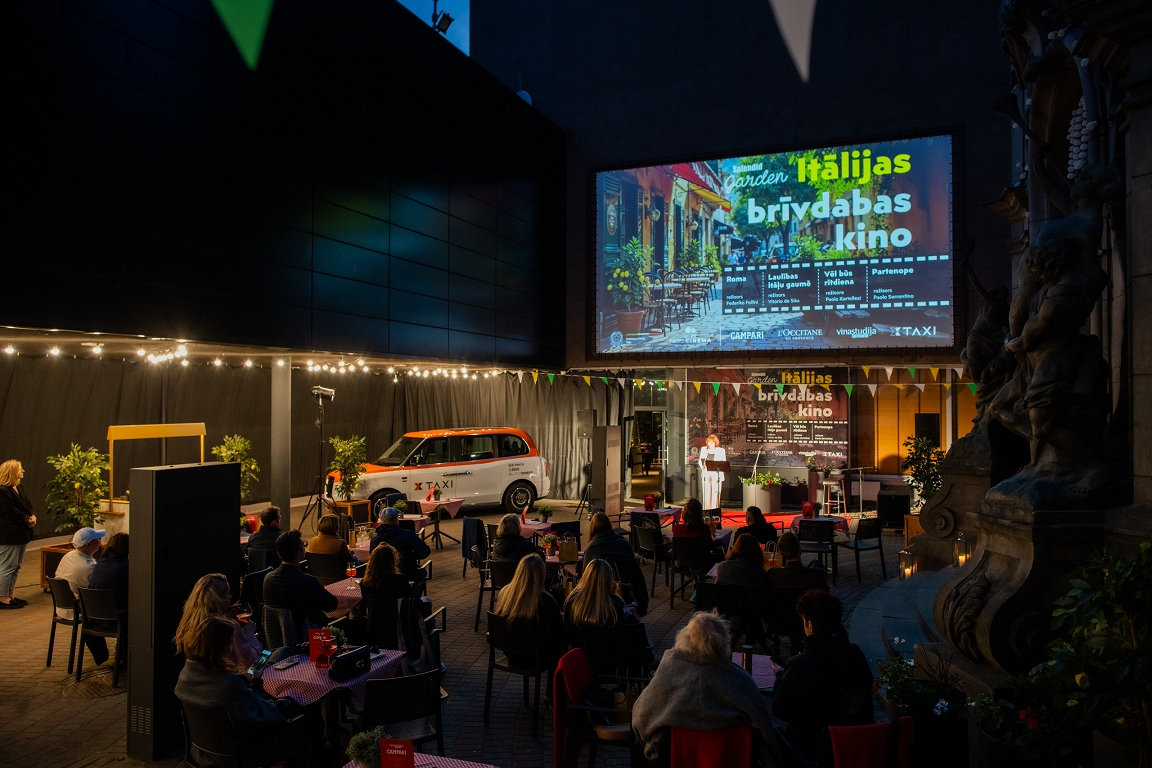

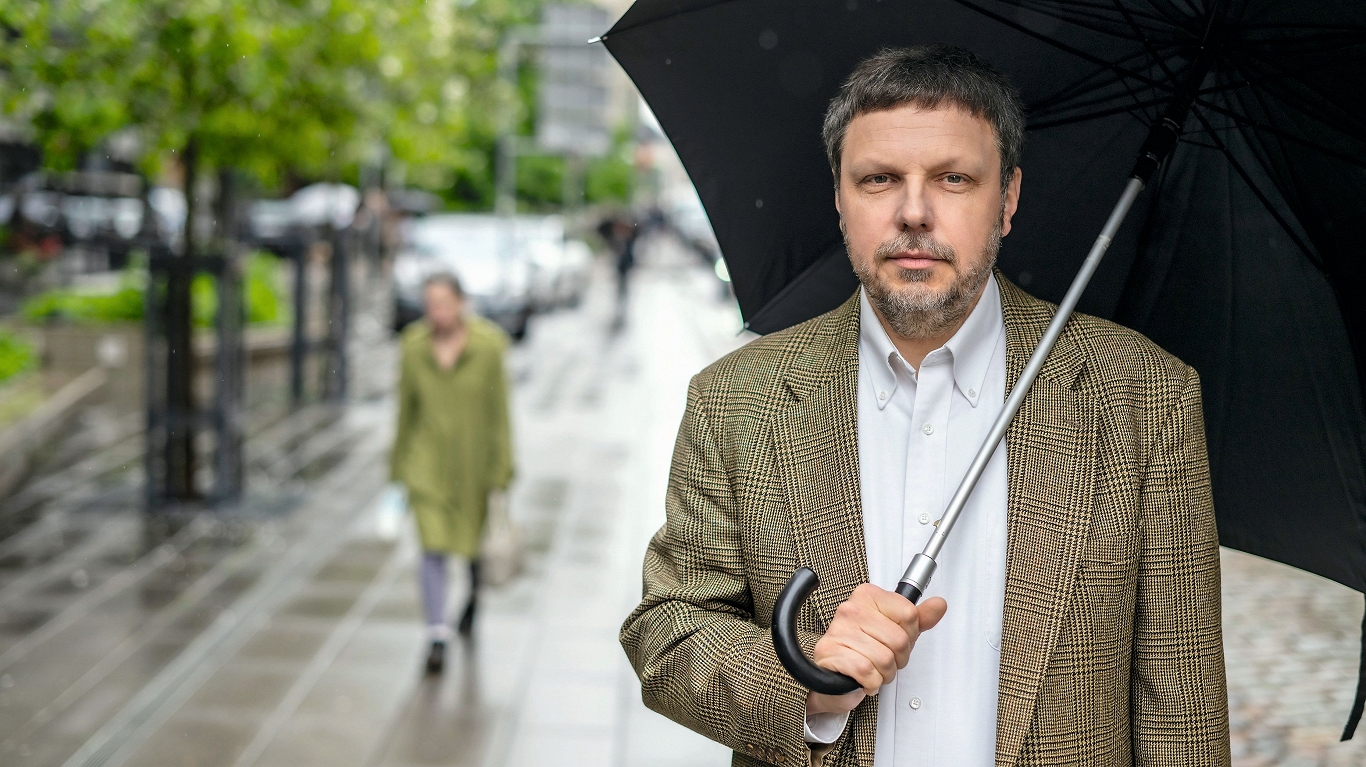
/s3/static.nrc.nl/images/gn4/data133017027-b5a534.jpg)
